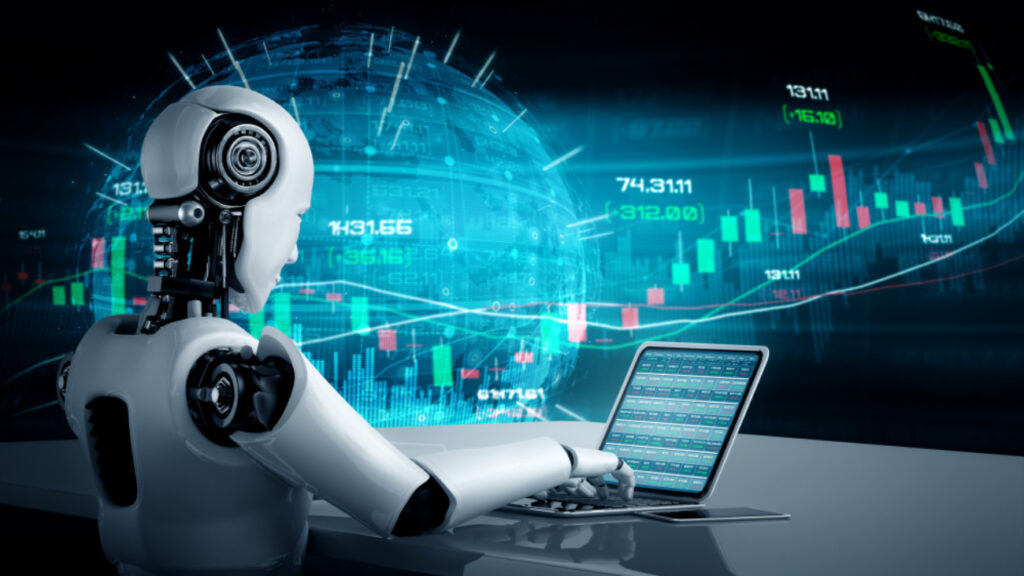In the past few years, businesses have been using robotic process automation (RPA) to automate business processes. RPA is a system that automates business processes through business logic and user inputs.
Robots (or bots) mimic human behavior to complete transactions, manipulate data, and trigger responses. Applications for robotic process automation provide users the means to create robots that can imitate their interactions with software that processes transactions, manipulates data, initiates reactions, and communicates with other digital systems.
Feature of Robotic Process Automation Which Can Help Your Business
The influential technology known as robotic process automation can help you cut costs, streamline your workflow, and increase productivity. Bahaa Al Zubaidi stated that with RPA, you can:
- Streamline your business processes by making them more efficient and repeatable.
- Minimize manual/paper-based work by allowing employees to focus on more complex tasks.
- Reduce costs by using fewer resources (like people).
- Increase productivity by reducing downtime due to manual operations or slow responses from human workers.
Robotic Process Automation Is Helping Enterprises Automate Business Processes
The main benefits of RPA are:
- Robots can complete transactions faster than humans because they can complete multiple steps simultaneously instead of one step at a time, as humans do.
- Robots will never make mistakes when completing transactions because they are programmed by rules which can be changed easily by the user.
- Robots are cheaper than humans because it does not cost much money on maintenance charges or salaries for them.
Robotic Process Automation Market Introduce Intelligent Automation
Intelligent automation is becoming a reality in the robotic process automation market. Intelligent automation is often an aspirational vision of how more basic forms of process automation can complement more advanced cognitive technologies and the other way around.
The potential has outpaced reality thus far: The robotic process automation market has been quite competitive rather than community-oriented, as has been confirmed for other industries surrounding automation and AI.
Holistic Automation is the Key to Complementary RPA and API-Based Applications
Businesses must embrace digital transformation, which means using robotic process automation technology to complement API-based applications.
Modern robotic process automation technology is called automation at the user interface (UI) level. This is because this technology automates highly repetitive operations.
Application programming interfaces are used by back-end automation, also known as API automation, for more complex, more significant capacity transactions.
Businesses will be able to combine apps and allow for more powerful automation deployments thanks to the ability to use both UI and API automation.
Companies should also consider combining these two types of automation to scale across overall business processes.
Takeaway- Everything You Need to Know About Robotic Process Automation
As the developments in robotic process automation technology continue to unfold, businesses will soon be able to reap even more significant benefits from these systems. Moreover, as more firms get acquainted with RPA, they will also become increasingly comfortable expanding their use of these technologies.
While robotic process automation is a game-changer for businesses and offers tremendous benefits, there are some challenges that companies can face when implementing RPA. For example, businesses must ensure that RPA automation software development kits (SDKs) are integrated with existing IT systems, from business applications to enterprise resource planning (ERP) systems.
Thank you for your interest in Bahaa Al Zubaidi blogs. For more stories, please stay tuned to www.bahaaalzubaidi.com
